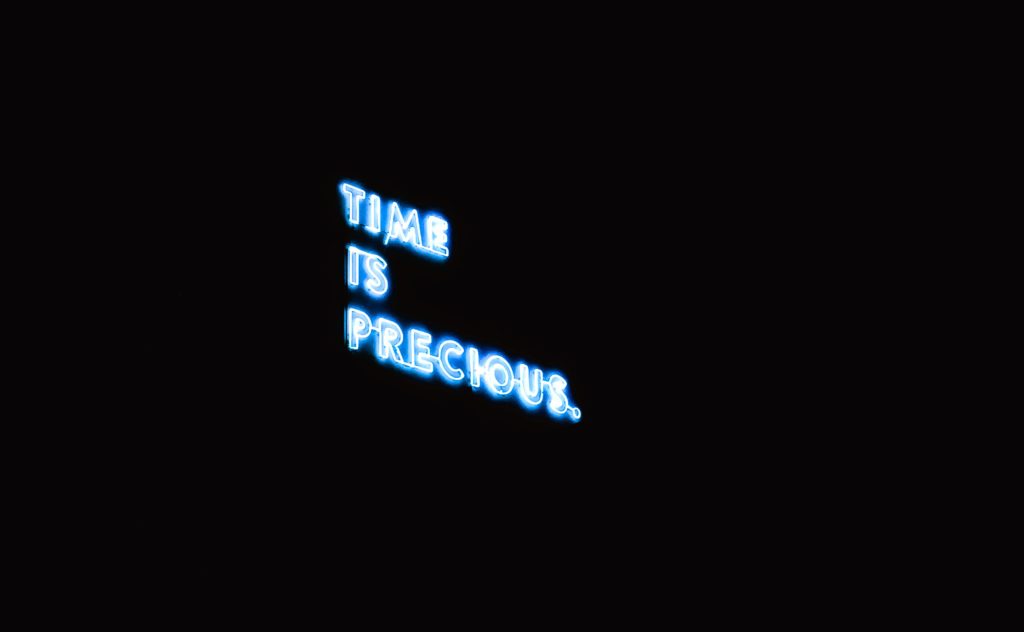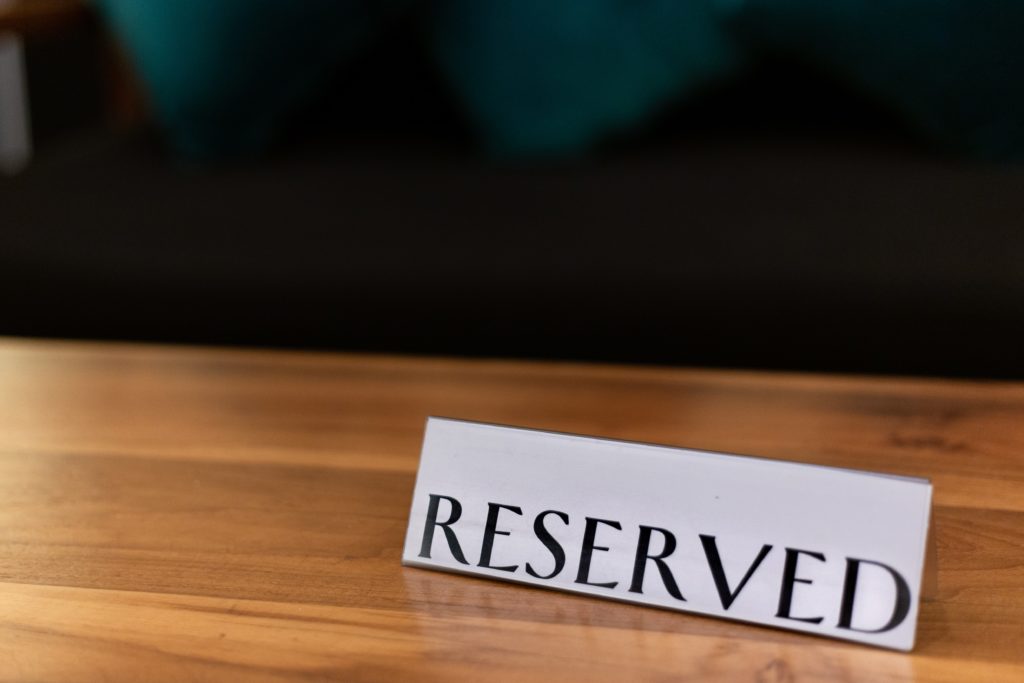![]()
Parkinson’s Law: “Work expands to fill the time available for its completion.”
By Yvonne Milosevic
How many meetings a week have you been having since the pandemic began? According to a Dialpad survey, many professionals spend up to a third of their workweek mired in meetings. And a Microsoft report released in spring 2022 found that the average Teams user saw a 252% increase in their weekly meeting time since February 2020. Yikes. Yet these soaring increases do not signal our extreme fondness for connecting with colleagues over a pre-determined agenda.
From introducing “silent” meetings to figuring out the ideal number of meeting-free days per week, companies are rethinking their meeting habits to see how and where to trim the fat. Since we can’t eliminate meetings entirely, we need to find a way to make them serve us better. Today, we’re sharing why shorter meetings should be one of your top resolutions for 2023.

Time is a priceless commodity. Long meetings can drain productivity, taking away from other important tasks. They can also lead to decreased motivation and engagement from team members. (Who among us hasn’t multitasked—aka checked emails, scanned the news, shopped for holiday gifts—during a recent meeting?)
Donna McGeorge, the best-selling author of The 25-Minute Meeting, shares actionable tips with Knowledge at Wharton for overhauling your meetings to make them more efficient and valuable. “Imagine how much time you would have to get your work done (…) And imagine how appreciative your team members and colleagues will be for that time when they attend your meetings,” she says.
Shorter Meetings are #Goals
When we concentrate our efforts on shorter, controlled periods of time, then we achieve more. “Twenty-five minutes is not an arbitrary number: there is both art and science involved,” McGeorge explains.
“Put simply, 25 minutes is practical, easy, and achievable—and it has the smarts to back it up.” (Some readers may already be familiar with the Pomodoro technique, a popular productivity hack based on working in 25-minute bursts.)

Here are key takeaways from McGeorge’s roadmap designed to “halve the time and double the impact” of your meetings.
State the purpose in the invitation.
Most meetings have one of three objectives: to inform, align, or resolve. Before the meeting, establish a clear purpose and create an agenda with specific goals. That will help keep the discussion on track and ensure it stays focused and efficient.
McGeorge suggests, “For every meeting you organize, finish this sentence: ‘At the end of this meeting, it would be great if….’ Put the result into the meeting invitation. For every meeting you are invited to, ask the organizer (politely) to finish the same sentence.”
Only invite essential participants.
Having too many people in the meeting can lead to tangents and make it challenging to stay on track. Only invite those who are necessary for the discussion at hand. Managers default to including everyone and unwittingly diminish the quality of the meeting.

“A 25-minute meeting works best for groups of no more than five people,” McGeorge notes. “Consider why each person is needed by asking yourself two questions: what role will they play in this meeting? How will they give, or get, value from their time in this meeting?”
Author Paul Axtell’s advice on productive meetings from Harvard Business Review echoes this. He writes, “Ask yourself: Who must be present for the discussion to yield results? For whom would you cancel the meeting if they could not attend? Start with this core group. Add more people only if you think they will add value to the conversation or gain value by being there.”
Use the meeting to enhance work, not to avoid doing “real work.”

The way to do this, says McGeorge, is to follow a tight meeting structure called the Scan-Focus-Act framework. Here’s how she describes it:
Scan. What are we here for? What is the context surrounding the meeting? What do people have to contribute to the discussion? 12 minutes max.
Focus. What two or three things require our attention, or are driving our decision-making or problem-solving? Eight minutes max.
Act. What else do we need to do? What actions are required? What will happen next? Five minutes max.
Long meetings can lead to decision fatigue—the phenomenon of having too many choices or decisions to make—leading to our decreased ability to make good ones. A brisk 25-minute meeting allows for more focused discussions and decision-making and, ultimately, better outcomes.
With these three adjustments, your shorter meetings will pay off with increased productivity and more engaged team members. As McGeorge sees it, “People should leave the meeting feeling energized and willing to move forward, take next steps, and be clear on what they need to do.”

